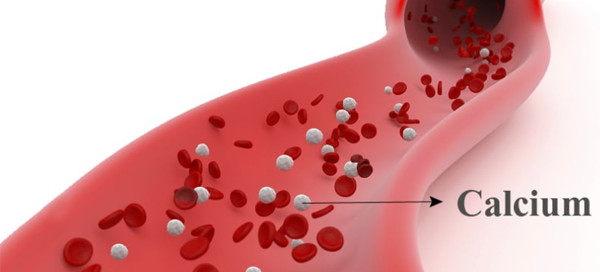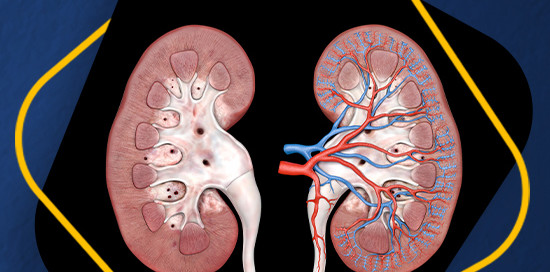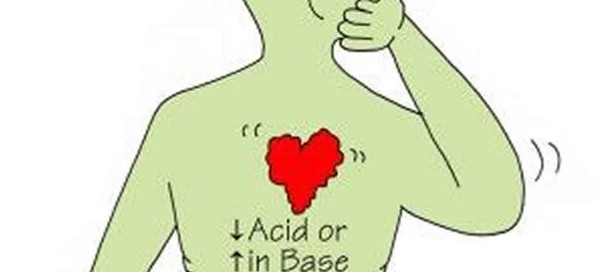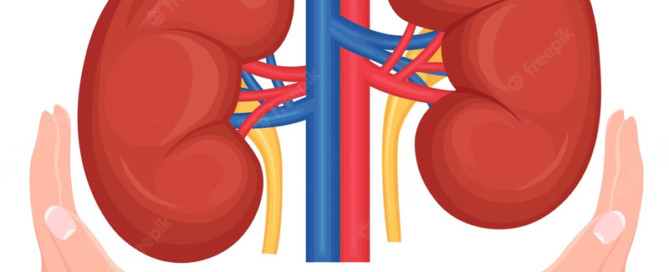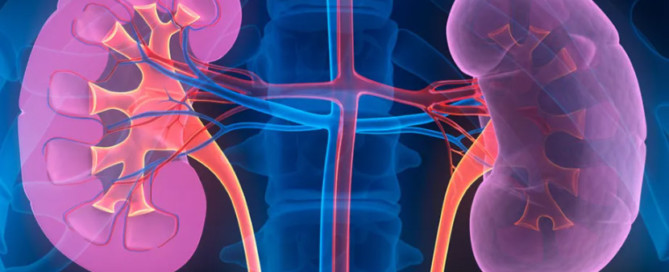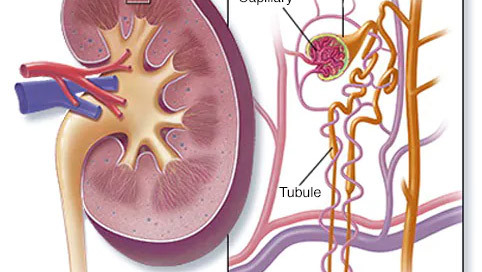Hypercalcemia
Hypercalcemia is of interest to both nephrologists and endocrinologists. Why nephrology? Hypercalcemia may cause acute kidney injury (AKI) Hypercalcemia, in specific primary hyperparathyroidism, is associated with nephrolithiasis (kidney stones). Secondary and Tertiary hyperparathyroidism is a complication of chronic kidney disease (CKD) and end stage renal disease (ESRD) primarily managed by nephrologists. Bottom line:

